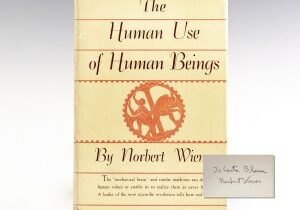
Stephen King
Stephen King is, without a doubt, the most popular horror writer of all time. He has sold more than 350 million copies of his books worldwide, and, as you can imagine, there is a very large audience who desire first editions and/or signed copies in collectible condition.
We always like it when we can find a clear and concise table of first edition issue points, but they are not always easy to come by. The following information is a wonderful summary of Stephen King first edition identification points taken directly from StephenKing.com, and we are replicating it here for you.
(Compiled by Bev Vincent with the assistance of materials made available by Rich DeMars, John Mastrocco, Steve Oelrich and Shaun Nauman.)
The table below lists the first trade edition identification criteria for each of Stephen King’s books. The early Doubleday books all say “First Edition” explicitly on the copyright page (CP). There are other identifiers for these books as well.
For books that contain strings of numbers to denote the printing, the important consideration is the presence of the numeral 1 in that string, regardless of the format of the numbers. Some possible variations of the printing numbers are:
1 2 3 4 5 6 7 8 9 10
1 3 5 7 9 10 8 6 4 2
10 9 8 7 6 5 4 3 2 1
All three of these denote a first edition. The numeral 1 will be removed for a second printing. Black House is
the exception. First edition copies state “First Edition” on the copyright page and the number sequence will be
“2 4 6 8 9 7 5 3”.
Trim size is given because Book Club editions are often smaller than trade editions. Also, Book Club edition
dust jackets (DJ) are occasionally found on first editions to replace lost or damaged jackets. Book Club edition
dust jackets are easily identified because they do not have a price marked inside the front cover. Later printing
trade edition dust jackets will often have a different price from what is found in the table.













